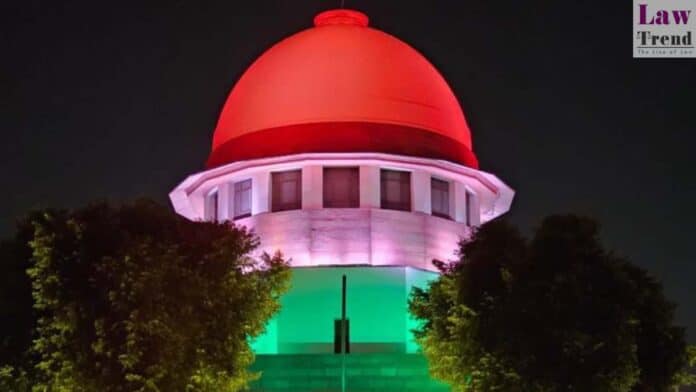The Uttar Pradesh government has presented a status report to the Supreme Court, asserting that the well near the Mughal-era Jama Masjid mosque in Sambhal is located on public land, not private property as contested. The submission was made before a bench led by Chief Justice Sanjiv Khanna and Justice Sanjay Kumar, following a directive from the court on January 10 to clarify the status of the well.
The state’s report indicates that the well, known locally as “dharani varah koop,” is situated outside the mosque and is unrelated to the religious site. According to the government, the well is one of 19 being revived by the district administration for various purposes, including rainwater harvesting and community use, challenging the claims that it was privately owned.
The controversy arose from a petition by the management committee of Shahi Jama Masjid, which contended that the well was located within the mosque’s boundaries and was exclusively used by the mosque. They expressed concerns over a local administration drive purportedly aimed at reviving old temples and wells, which they feared might infringe upon the mosque’s property.
In response, a three-member committee, including the SDM of Sambhal, the area officer, and the executive officer of the municipal council, was tasked to investigate. Their findings confirmed that the well was outside the mosque’s boundary and had historically been used by multiple communities. The state’s report also noted discrepancies in the petitioner’s submissions, including misleading photographs intended to show the well within the mosque’s premises.
Moreover, the report highlights historical uses of the well, noting it had been covered in 2012 and had since fallen out of use. Interestingly, after communal riots in 1978, a police chowki was constructed over part of the well, although it continued to be accessed by the community.
The Supreme Court has maintained a status quo on the matter since January 10, barring any actions concerning the well without further court approval. The court also issued notices to various stakeholders, including the Archaeological Survey of India (ASI) and the Sambhal district magistrate, to gather more information and ensure that any actions taken are legally sound and consider the community’s interests.




